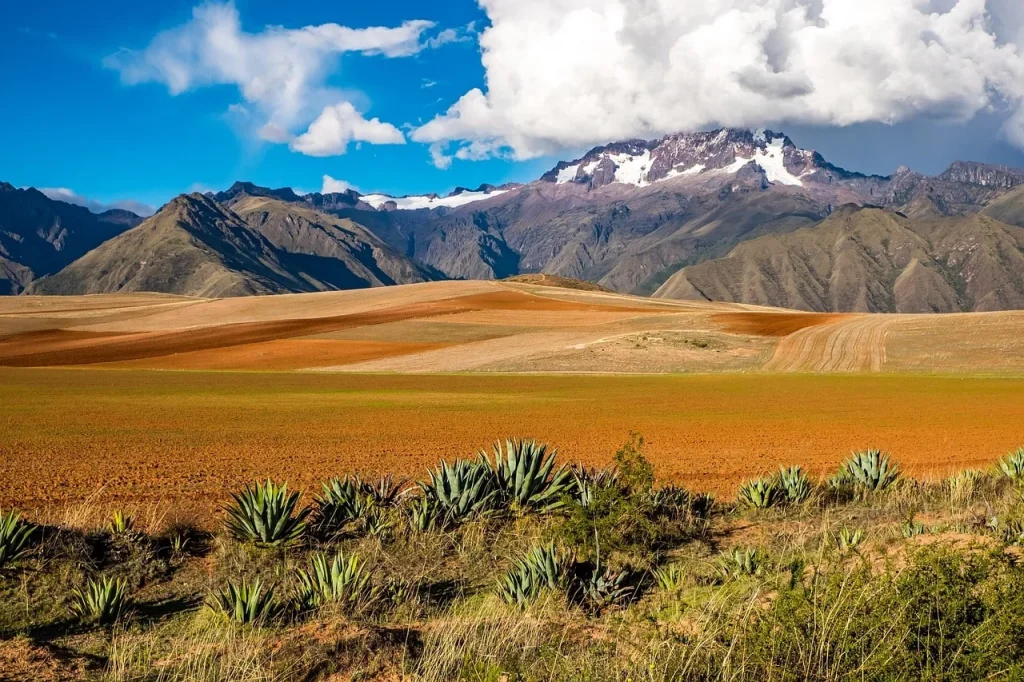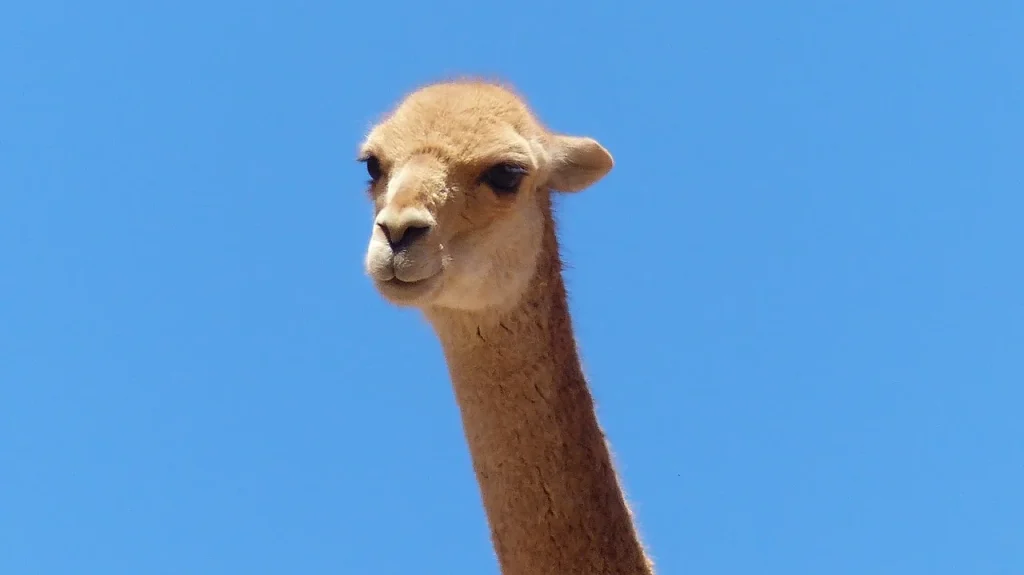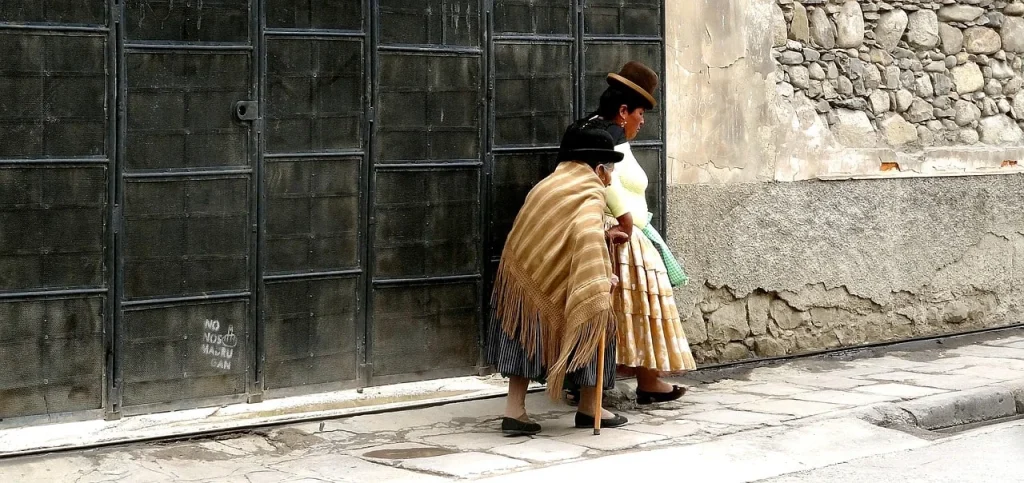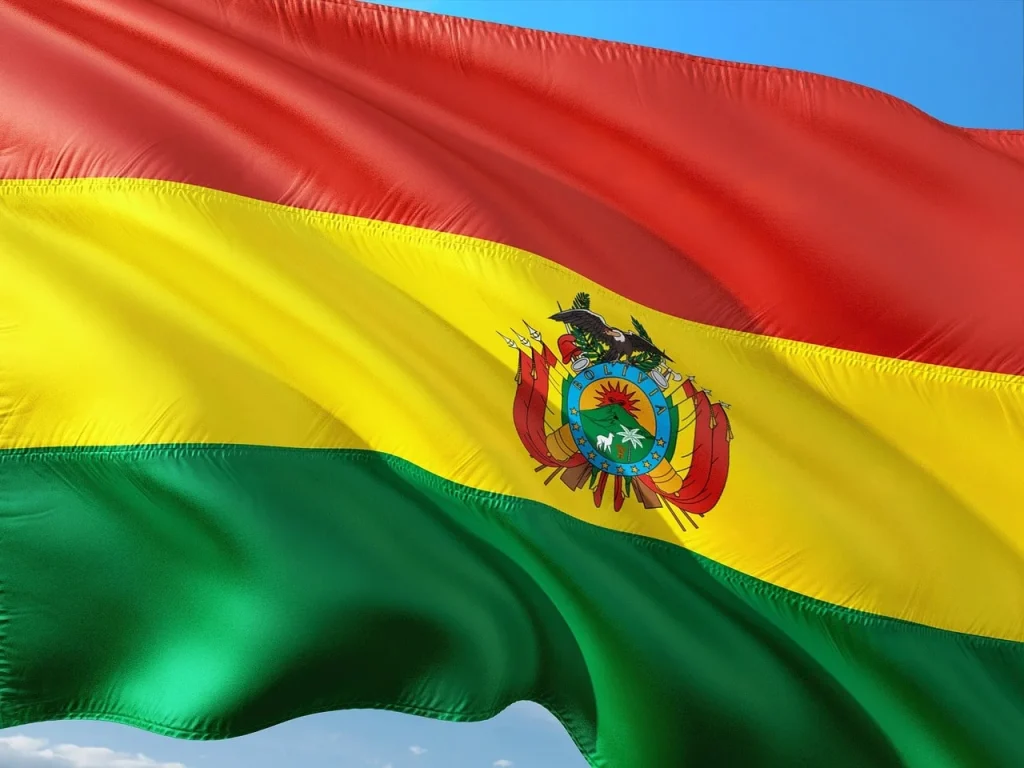What do you know about Bolivia? Perhaps you’ve heard of its famous salt flats or the rich traditions of its indigenous peoples. But there’s so much more to discover about this intriguing South American country.
In this article, we’ll take you on a journey through some compelling facts about Bolivia, offering a glimpse into its unique culture, nature, and history that are as vibrant as the country itself.
Bolivia is not a country of traditions; it is a country of revolutions.
Eduardo Galeano
Bolivia Facts
As you embark on this journey through Bolivia, remember that there’s a quiz waiting at the bottom of this article. Read carefully to test your expertise and prove your knowledge of this vibrant South American country!
- The Salar de Uyuni spans over 10,000 square kilometers, making it the largest salt flat on the planet.
- In 2009, the nation adopted a new constitution that recognizes 36 official languages, more than any other country.
- The capital, Sucre, contains the world’s first footprints of dinosaurs on vertical surfaces.
- Tiwanaku, situated near Lake Titicaca, is among the oldest civilizations known to have existed.
- More than 60% of the population identifies as indigenous, which is one of the highest percentages in the world.
- The nation is a leading proponent in the global movement for the rights of nature, implementing laws that treat the ecosystem as a legal entity.
- It boasts the highest navigable lake in the world, Lake Titicaca, at over 3,800 meters above sea level.
- Jesuit Missions in the Chiquitos region are designated as UNESCO World Heritage Sites and are known for their unique Baroque music traditions.
- La Paz has the highest administrative capital in the world, elevated at roughly 3,650 meters above sea level.
- The official presidential residence, known as the “Palacio Quemado,” has recently been replaced by a more modern facility known as the “Casa Grande del Pueblo.”
- Potosí was once the location of the Spanish colonial mint and is now famous for its historic architecture.
- The Oruro Carnival features a famous dance called “La Diablada,” rooted in both religious and indigenous traditions.
- Amazonian butterflies in Bolivia are among the most diverse, with hundreds of species documented.

- It has a significant part of the Andes mountain range, including the Illimani, which towers over the landscape at 6,438 meters.
- The Bolivian Army maintains a regiment of ceremonial camelids, specifically llamas, that participate in parades.
- The “Witches’ Market” in La Paz sells traditional spiritual supplies and is a hub for Aymara cosmology.
- It was the first country in the hemisphere to have an indigenous president, Evo Morales, who served from 2006 to 2019.
- The Yungas Road, often dubbed the “Death Road,” is renowned as one of the most dangerous roads in the world.
- Noel Kempff Mercado National Park is a biodiversity hotspot with unexplored areas that are said to house new species waiting to be discovered.
- The tradition of building reed boats, seen on Lake Titicaca, dates back to pre-Columbian times and continues today.
- The Chacaltaya Glacier was once the highest ski resort in the world but has now disappeared due to climate change.
- El Fuerte de Samaipata is a giant rock carved with designs that remain largely mysterious to historians.
- The Tinku Festival, a ritualistic fighting festival, is held annually as part of a Pachamama (Mother Earth) offering that includes community bloodletting.
- Bolivia is a significant source of Brazil nuts, which thrive naturally in its Pando region.
- The Valle de la Luna, with its lunar-like landscape, offers visitors a look at sandstone and clay formations that have been eroded by wind and water over millennia.
- Bolivia’s constitution is the first in the world to recognize the legal rights of the Pachamama, or Mother Earth.
- The Bolivian Andean Mountain Cat is one of the rarest felines globally.
- Madidi National Park, extending from the Andes to the Amazon, is one of the most biodiverse places on Earth and is thought to contain approximately 11% of the world’s bird species.

- The Siloli Desert features the “Arbol de Piedra,” a rock formation that naturally resembles a tree.
- Bolivia’s pink river dolphin, found in the Amazon basin, is a protected species under national law.
- The city of Cochabamba is known as the “City of Eternal Spring” due to its mild year-round climate.
- Many Bolivians participate in the ritual of “ch’alla,” offering food and drink to the earth to ensure a prosperous year.
- The Guarani people, one of the largest indigenous groups, have their own government (autonomy) recognized by the national constitution.
- The Andean Condor, one of the world’s largest birds capable of flight, is considered a national symbol and is vital to indigenous mythology.
- Bolivia is a landlocked country that holds a yearly “Day of the Sea” to commemorate its access to the ocean lost to Chile in the 19th century.
- The Apolobamba mountain range is less traveled but offers some of the most spectacular and remote trekking in the Andes.
- In the Bolivian Altiplano, it’s possible to witness the optical illusion of Salar de Uyuni which makes the salt flat appear like a giant mirror during the rainy season.
- Morales was the first leader to legalize the cultivation of coca on a global scale for traditional use.

- The Alasitas Festival, a cultural event in La Paz, involves buying miniature items that represent your wishes for the future.
- Bolivia is pioneering in its use of cable cars as urban transport, with La Paz and El Alto having one of the most extensive systems in the world.
- The traditional dish “Salteñas” is similar to empanadas but includes a sweeter, more jelly-like filling and is typically consumed as a mid-morning snack.
- Laguna Colorada, known for its red water caused by algae and rich mineral content, is a prime feeding area for Andean flamingos.
- The Cerro Rico silver mine in Potosí has been mined since the 16th century and is a site of immense historical and economic importance.
- “Cholita Wrestling,” a spectacle where indigenous women wrestlers don traditional petticoats and bowler hats, challenges gender stereotypes and draws tourists from around the world.
- Bolivian wine, mainly produced in the Tarija region, is gaining an international reputation for quality, despite the country’s non-traditional wine-producing status.
- Ancient petroglyphs found in the Samaipata region offer insight into pre-Columbian life and rituals.
- The creation of Lake Titicaca’s floating islands, made from reeds by the Uros people, showcases an ancient technique of building that continues to this day.
- Bolivia hosts the “Festival of Skulls” or “Dia de los ñatitas,” where locals bring decorated skulls to the cemetery for blessings, believing these skulls grant them protection and good fortune throughout the year.
- The Gran Poder Festival is a lavish affair in La Paz, blending Catholic and indigenous beliefs in a colorful parade that features thousands of dancers in ornate costumes.
- Despite being landlocked, Bolivia maintains a navy, primarily responsible for patrolling Lake Titicaca and rivers, which bolsters its claim for regaining access to the Pacific Ocean.
Bolivia Myths

Now that we’ve explored the facts, let’s move on to debunk some common myths. It’s important to distinguish what’s true from what’s widely believed but mistaken.
- Bolivia Has Only One Official Language
Spanish is widely spoken, but Bolivia recognizes 36 official languages, including Quechua, Aymara, and Guarani. This diversity is protected under the constitution, showcasing Bolivia’s commitment to its multicultural and multilingual heritage. - Bolivia Is Entirely Located in the Amazon Rainforest
While it’s true that parts of northern Bolivia are covered by the Amazon rainforest, the country’s geography is actually very diverse. The Andes Mountains and the Altiplano plateau dominate much of the landscape, providing a range of ecological environments. - The Capital of Bolivia Is La Paz
Often mistaken as the capital due to its government buildings and altitude, La Paz is actually the seat of government and the executive capital. Sucre, however, is officially recognized as the constitutional capital, where the Supreme Court is located. - Bolivian Cuisine Is Largely Based on Spices
Unlike other South American cuisines that may emphasize spices, Bolivian cuisine is known for its use of fresh ingredients and subtle flavors. Dishes are often centered around corn, potatoes, quinoa, and local meats. - Bolivia Is Predominantly a Desert Landscape
Contrary to some beliefs, Bolivia’s landscapes are incredibly varied. In addition to deserts like the salt flats of Salar de Uyuni, the country features lush rainforests, towering mountains, and vast wetlands, highlighting its extensive ecological diversity.
Bolivia FAQ

We continue to the last section before the quiz. This FAQ section will help solidify your knowledge, so read each point with care.
- Who is Bolivia named after?
It is named after Simón Bolívar, a Venezuelan military leader who played a central role in the Spanish American wars of independence. - Which currency does Bolivia use?
It uses the Bolivian Boliviano as its currency. - What is Bolivia famous for?
It is renowned for its breathtaking landscapes, including the Salar de Uyuni (the world’s largest salt flat), its rich indigenous cultures, and historical sites like Tiwanaku. - What are typical foods in Bolivia?
Traditional Bolivian cuisine includes dishes like salteñas (stuffed pastry), llajwa (spicy sauce), and anticuchos (grilled heart meat). - What is the climate like in Bolivia?
Bolivia’s climate varies greatly due to its altitude and topography, ranging from tropical in the lowlands to cold in the high Andes.
Bolivia Trivia

Welcome to the Bolivia trivia challenge! Get ready to conquer these questions, or you might find yourself exiled to a llama farm for intensive training!
Conclusion
Ending our journey through Bolivia, we are left in awe of its stunning natural beauty and the rich tapestry of its culture.
From the heights of the Andes to the depths of the Amazon, Bolivia’s landscapes offer endless exploration possibilities. The resilience of its people and the vibrancy of their traditions remind us that Bolivia is a country where every corner holds a new discovery.
Let’s hold on to the spirit of curiosity and wonder that Bolivia inspires in each of us. Till next time, stay curious and explore more. Cheers.


